Forging hammers are an essential tool in the forging industry, used to shape metal through a process of intense pressure and heat. However, the impact of shock and vibration from these hammers can cause significant damage leading to decreased efficiency and increased maintenance costs.
To combat this, many manufacturers are turning to advanced materials such as shock absorption pads to manage the externalities brought on by the operation of forging hammers. Jump in to discover how shock impacts the forging industry and the benefits of a high-quality shock control solution using Fabreeka's time-tested materials. 👇
How Does Shock Affect the Forging Industry?
If you’ve ever been lucky enough to witness the raw power of forging hammers, it is a true sight to behold. The sheer force of the hammer as it hits the anvil sends powerful vibrations throughout the hammer and the surrounding environment. As incredible as it is, the shock forces from forging hammers impact people and profits alike.
Forging Hammer Maintenance and Efficiency
When the hammer strikes the anvil, the very first entity to absorb that vibration is the foundation beneath the hammer and the machine itself. A few heavy strikes every now and then won’t cause much wear and with use, however, with continued use, the forging hammers visibly create issues around them.
The hammers cause damage to the foundation and any supporting structures within the environment, therefore leading to inefficiencies in day-to-day operations. Such heavy-duty maintenance means that when forging hammers go down, they require extended downtime. Industry and forging professionals bear the long-term costs of maintaining their equipment to meet business demand.![]()
Workplace Safety
As we said, you can really feel the power from the forging hammer should you happen to be nearby. For many workers and employees on the factory floors, it’s all part of the job. However, when vibration and shock are too great, especially over repeated periods of time, it leads to potential safety hazards for those working with or around the forging hammers.
Intense shock and vibration exposure can affect the human body, putting employees on the factory floor with the forging hammers at risk. Moreover, shock may also cause other issues in the surrounding environment and damage other equipment nearby. Sometimes the shock is so intense that if not isolated, it can be felt in nearby buildings and structures.
Luckily, shock control, when properly designed and installed, serves as an effective solution to either of these problems.
The Role of Shock Control in Forging Hammers
Now that we have an idea of what some shock-related problems look like for forging hammers, we can work towards developing a great shock control solution. With tough, reliable materials and engineering expertise, you can implement shock control for your forging hammer to ensure years of maintenance-free operation.
Let’s jump into the science behind shock control and look at just how to reduce these powerful forces from forging hammers. As some might say, it’s hammer time. ⚒👇
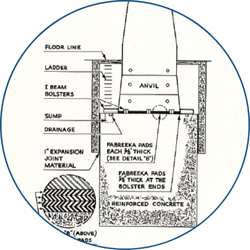 How Does Shock Control Work?
How Does Shock Control Work?
Shock control is achieved when an isolator separates the body or object creating the impact (the hammer) and the support structure. In the case of forging hammers, the shock from the impact is so powerful that the machine, and its environment, are recipients of the intense, sudden vibration.
In the figure to the left, we can see just where the isolation material is installed throughout the structure to reduce shock. Vibration and shock will always travel through the path of least resistance, much like heat and energy. Shock control starts by addressing these sensitive points throughout the machine to protect itself from its own power.
Next, we can see the isolation material strategically placed at other impact points in the machine. The isolation material should have the compressive capabilities to withstand heavy impact, while also able to rebound in time for the next hammer strike. The idea is to isolate the heaviest point of impact without disrupting the operation of the hammer.
READ NEXT: [Shock-Absorbing Materials for Forging Hammers]
Shock Control Pads and Solutions for the Forging Industry
To properly maintain forging hammers, ensure safe working environments, and minimize shock, the forging industry needs a material that is suitable for the unique conditions. Temporary and short-term solutions may stave off damage for a while, but there is no substitute for a whole-system shock control solution.
Fabreeka® Pad
There is no other shock control pad better suited for the forging industry than our original cotton duck Fabreeka® Pad. Industry professionals love our material so much, that they have gone as far as to call it the Kleenex™ of the forging industry. We’re a household name and for good reason.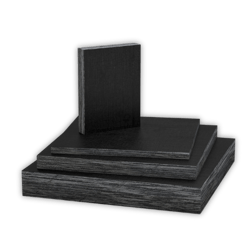
Fabreeka® Pad performs absurdly well under harsh conditions with compressive stress up to 10,000 psi and an effective temperature range of -65°F to 200°F. The shock control pad transforms the impact energy into heat, dissipating vibration throughout the structure and the environment.
What’s more, Fabreeka® Pad is a proven long-term solution for shock control in forging hammers and other heavy machinery. The pads are impervious to water, oil, steam, mildew, and brine. Our shock control systems have been effective for years, and some have not required maintenance in over 7 years!
The Fabreeka Soft System
Finally, the foundation underneath the forging hammer deserves much attention too. After all, it is through the ground that the vibration is felt throughout the workplace and surrounding environment. Using a Fabreeka soft system, the machine, or anvil mat, is decoupled from the factory floor to effectively isolate the forging hammer.
Using Fabreeka Pad in strategic points in the foundation, the system effectively reduces the amount of shock transmitted to the surrounding environment. To ensure an ideal fit, we use our Fabsorb material to line up the shock isolators under the foundation for the best results.
Moreover, our dedicated and talented team of engineers works directly with you to develop the best solution using our thermal break material.
Get in touch with our team today to discover how we can work together to design greener, sustainable buildings.
Level Up Your Industry Knowledge
Fill out the form to subscribe to the Fabreeka Impact for monthly updates to your inbox. 📬

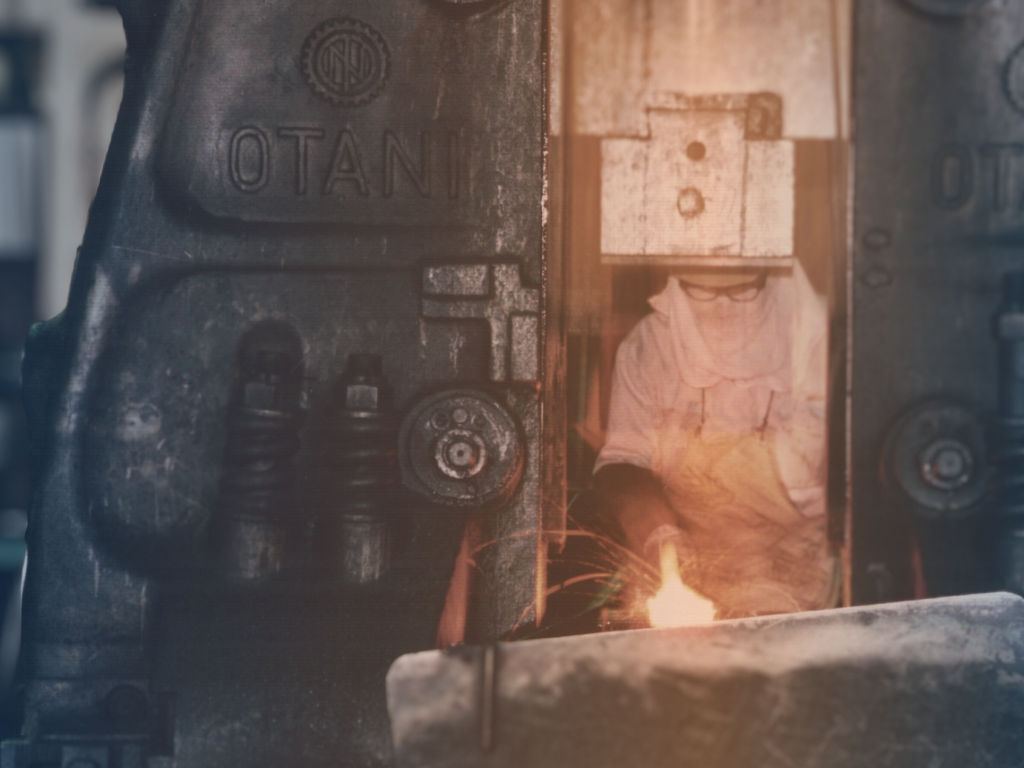
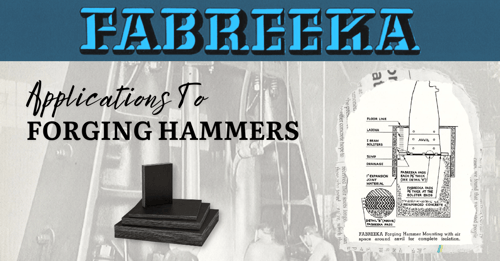
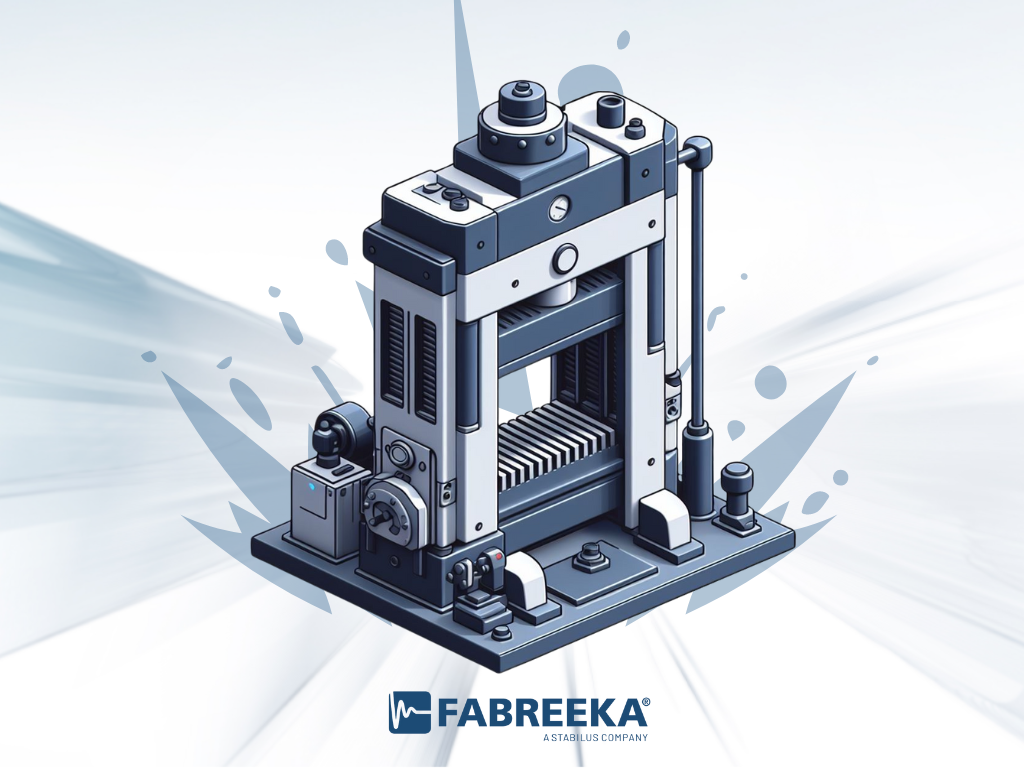
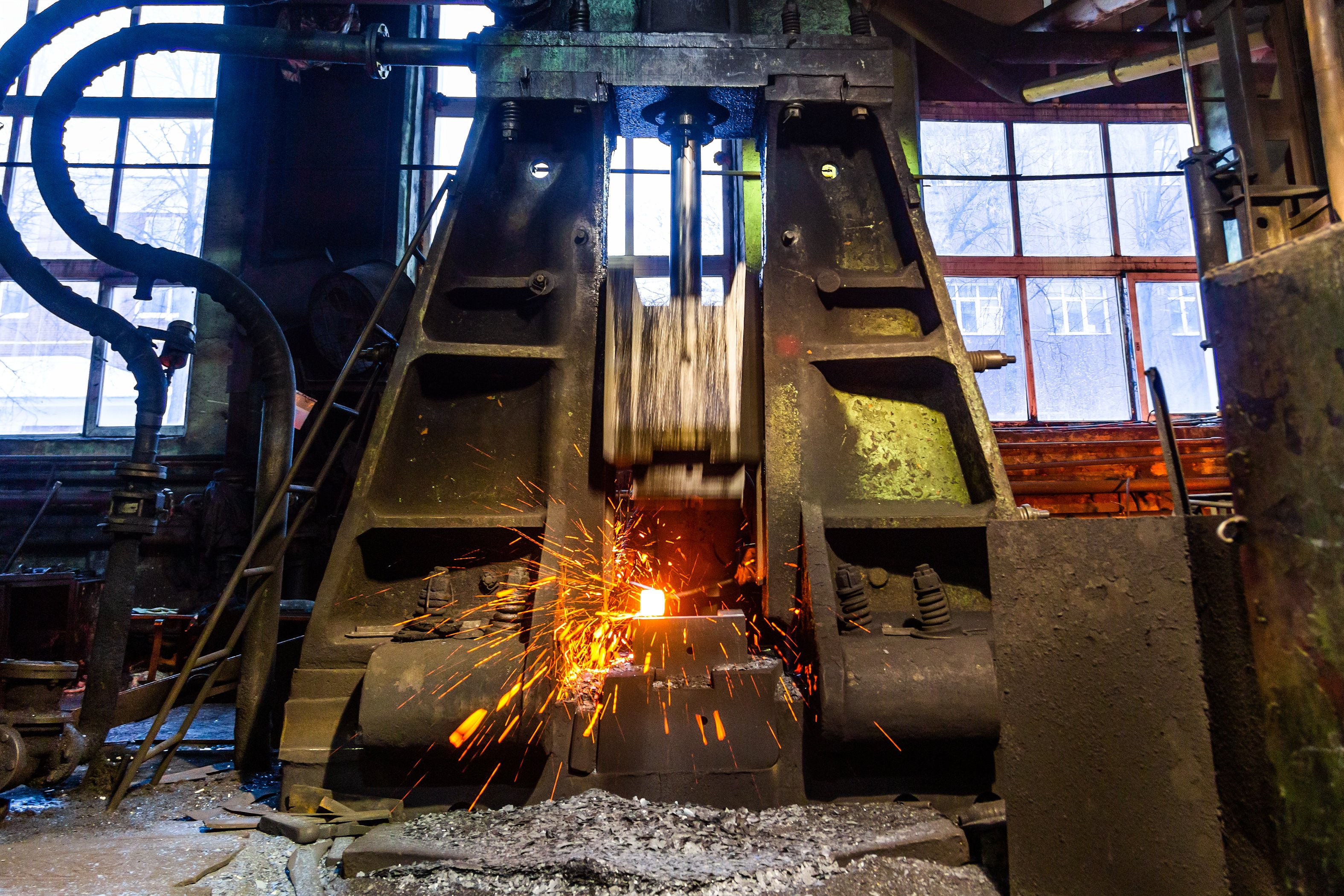
SUBMIT YOUR COMMENT